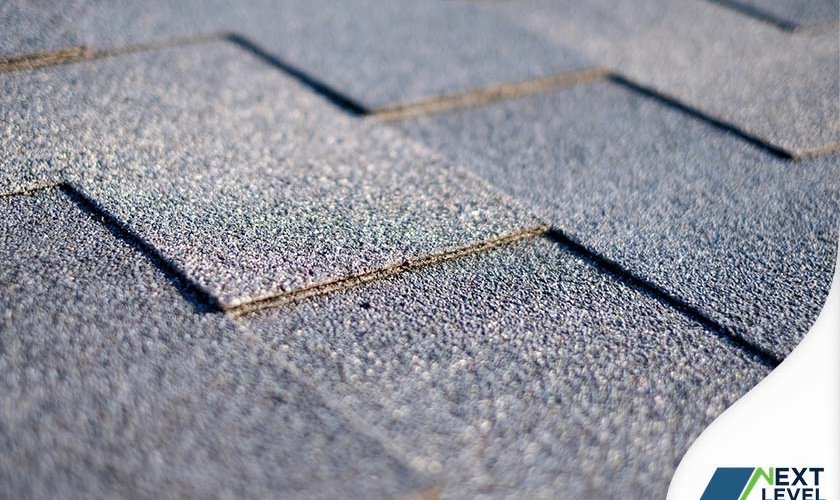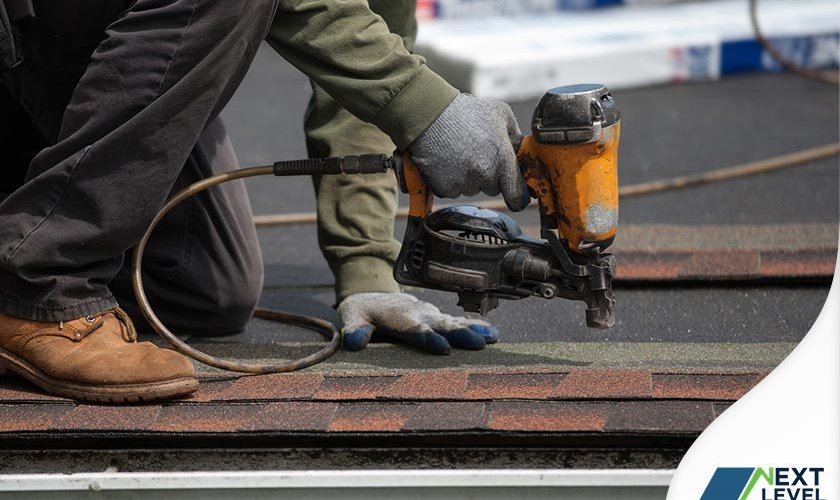Try to take a walk around your community and take note of the roofing systems of your neighbors. You’ll most likely find out that they’re using asphalt shingle roofing systems. This shouldn’t come as a surprise to you since asphalt shingles remain as the most popular roof replacement materials for American homeowners to date. And this comes with a good reason. Asphalt shingles have gained their popularity since they offer numerous benefits that make them a worthy investment to consider for
Your roofing system is one of your most valuable investments and components of your home. As such, you would want nothing but the best service whenever it’s being repaired, maintained, inspected, or replaced. It’s also worth noting that you want to work with someone that’s within your proximity in case of an emergency, such as storm damage, or hail storms. One of the best options for you is to work with a local roofer. In this post, one of the
A roof installation is generally done in two ways. There’s roof overlay, which involves installing a new layer of shingles on top of the old ones, and roof tear-off, which completely removes the old system before a new roof is installed. The former method is popular among homeowners because it’s cheaper–but if you want your new roof to last, the latter remains the best idea. Next Level Roofers, the new construction roof installation expert in the area, details the advantages





